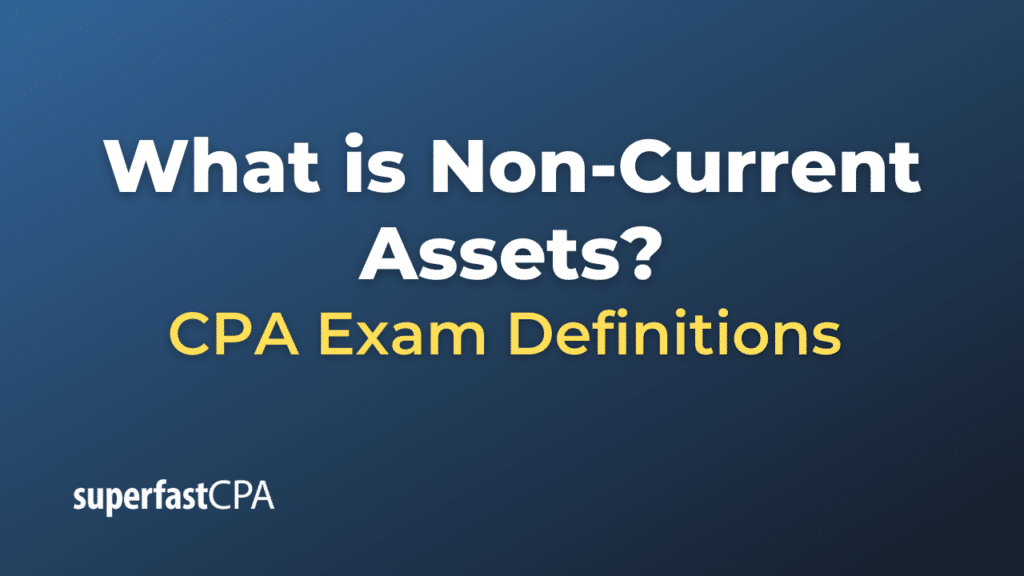Non-Current Assets
Non-current assets, also known as long-term assets, are assets that a company does not expect to convert into cash within one year or within its normal operating cycle, whichever is longer. They are expected to benefit the company for more than one year. Non-current assets are often tangible or intangible, but they may also be financial.
Here are the main types of non-current assets:
- Property, Plant, and Equipment (PPE): These are physical or tangible assets like buildings, machinery, equipment, vehicles, and land that a company uses in its operations and that typically have a useful life of more than one year.
- Intangible assets: These are non-physical assets that contribute to a company’s future earnings. Intangible assets include patents, copyrights, trademarks, brand recognition, goodwill, and proprietary technology.
- Long-term investments : These could include bonds, stocks, or other types of investments that a company intends to hold for more than one year.
- Deferred tax assets: These are amounts that have been overpaid or paid in advance on the company’s tax bill and can be used to reduce taxable income in future periods.
Non-current assets are reported on a company’s balance sheet and are important for long-term financial planning, as they provide a picture of the company’s investment in long-term growth.
For example, if a manufacturing company purchases a new piece of machinery to improve production efficiency, this would be classified as a non-current asset. It’s expected to provide value to the company for several years, not just within the next 12 months.
Example of Non-Current Assets
Let’s take a hypothetical example to explain non-current assets.
Consider a company called AutoMakers Inc. that designs, manufactures, and sells cars. Here are examples of its non-current assets:
- Property, Plant, and Equipment (PPE): The company owns a manufacturing plant and equipment where it produces its cars. The estimated useful life of the plant and machinery is 20 years. This plant and equipment are tangible non-current assets. They will provide benefits to the company over a long period, beyond the next financial year.
- Intangible Assets: AutoMakers Inc. owns patents for its unique car designs and proprietary technology. These patents, which provide the company with a competitive advantage, are expected to contribute to the company’s profitability for many years. These patents are examples of intangible non-current assets.
- Long-term Investments: Suppose AutoMakers Inc. has bought shares in a battery technology company. This investment is expected to generate returns over a long period and is not intended for sale in the short term. This is a non-current asset in the form of long-term investments.
These assets would all appear under the “non-current assets” heading on AutoMakers Inc.’s balance sheet. They represent investments made by the company that are expected to contribute to its income over more than one fiscal year.













